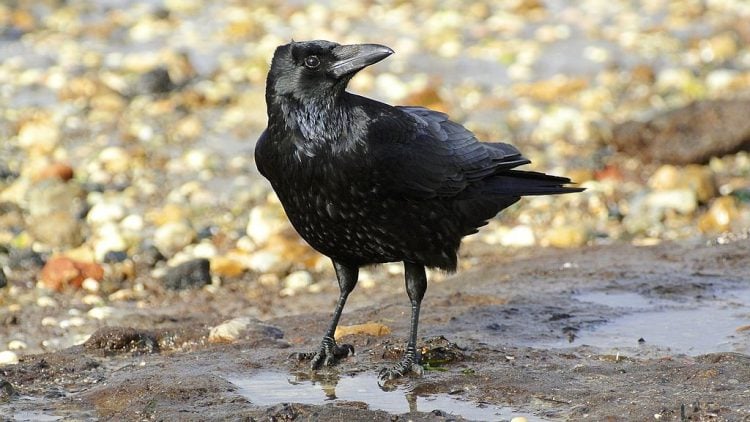When a friend and “crow expert” told Katsufumi Sato to hang some “do not enter signs” on the outside of a building to keep pesky crows a way, the Japanese professor thought he was only kidding, but after three years of employing the bizarre strategy, he says it works perfectly.
Sato, a professor of ethology, hanged his first “crows do not enter” signs at a university research center in Otsuchi, Japan’s Iwate Prefecture, in 2015, at the the advice of his friend, Tsutomu Takeda, who he regards as an expert on crows. The birds had been targeting the insulation material covering the building’s pipes, ripping it with their beaks and flying away with bits of it to use for their nests. He was desperate to keep them away, so even though he though the idea of hanging written signs for crows funny, he was willing to give it a try.

Photo: Ian Kirk/Wikipedia
Soon after the signs written on simple sheets of paper went up, in 2015, the crows stopped going into the derelict International Coastal Research Center (ICRC) of the Atmosphere and Ocean Research Institute to steal nest materials. At first, Katsufumi Sato thought it was just dumb luck, or just a matter of time before the crows realized that the signs were harmless, but the birds have stayed away ever since.
This year, Sato hanged new signs for the third time in his war against the pesky crows, and so far the solution has worked wonders. He hangs the “crows do not enter” signs on broken window frames and pipes on the ground floor of a research center building that has been severely damaged by the tsunami created after the 2011 Great East Japan Earthquake, and the birds don’t come near it anymore.
So can the birds actually read the signs written in Japanese? Well, not quite, expert Tsutomu Takeda says. It may seem like they do, but in fact, the crows are afraid of the visitors and ICRC staff that are constantly pointing their fingers at them after seeing the signs. So while they can’t figure out what the written symbols mean any more than I do, they understand that they are somehow connected to the people that keep looking at the signs and then looking up at the sky and pointing their fingers at them.
“People gaze up at the sky (looking for crows), you know,” Takeda told Japanese newspaper Asahi. “The effectiveness will increase if there are more people looking at the crows, so please, feel free to visit us.”
Now, I knew that crows were smarter than most birds, and even capable of displaying gratefulness, but I didn’t know they could make this kind of connections.





